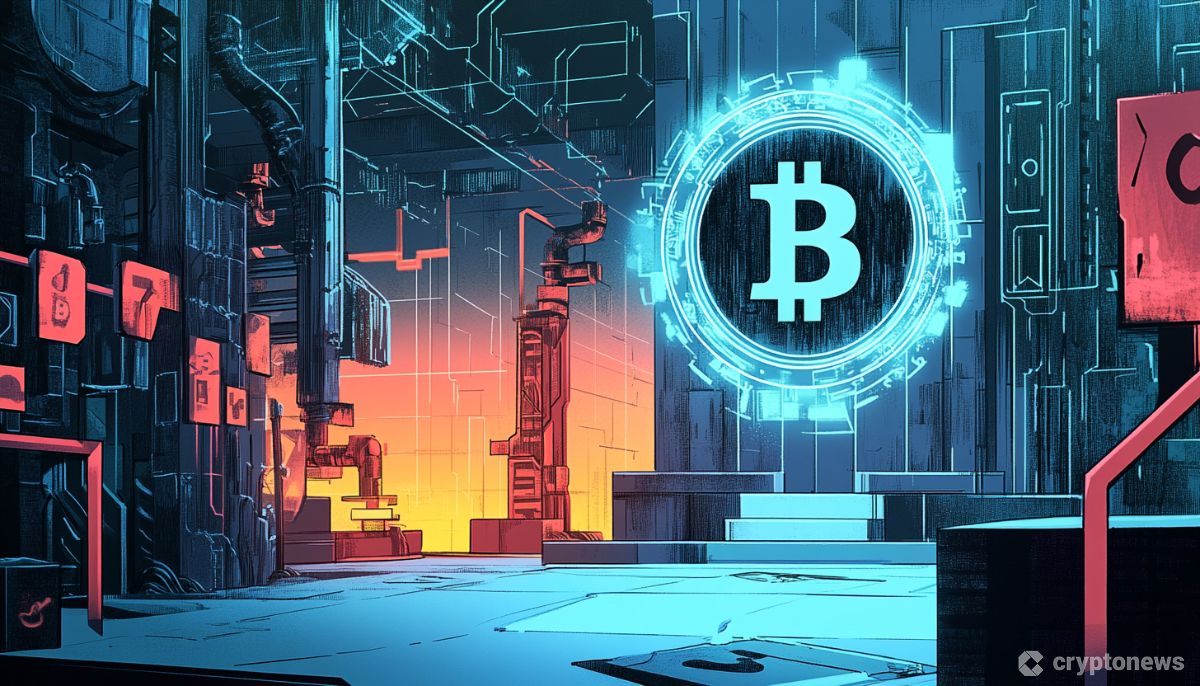Last updated:
 Why Trust Cryptonews
Why Trust Cryptonews

In the wake of Coinbase’s launch of the wrapped Bitcoin token, cbBTC, Tron founder Justin Sun has raised concerns over Coinbase’s transparency practices, calling for the exchange to implement Proof-of-Reserve (PoR).
While cbBTC saw immediate success, reaching a $100 million market cap within 24 hours, Sun believes that Coinbase’s refusal to adopt PoR raises serious concerns about transparency and long-term security.
Sun’s Push for Proof-of-Reserve: What Is Coinbase Covering?
Justin Sun’s demands for Coinbase to adopt Proof-of-Reserve came from widespread speculation surrounding the launch of cbBTC, Coinbase’s newly introduced wrapped Bitcoin token.
This product, designed to operate on Ethereum and the Layer-2 scaling solution Base, allows users to transfer their Bitcoin holdings on a 1:1 ratio with cbBTC.
Sun’s criticisms were sparked by Coinbase’s outright dismissal of the possibility of implementing PoR, a mechanism widely adopted by major exchanges like Binance to offer a real-time view of their asset reserves.
Coinbase CEO Brian Armstrong refuted rumors suggesting the company had issued Bitcoin IOUs to BlackRock, the prominent asset manager tied to a spot Bitcoin ETF.
Armstrong claimed PoR was unfeasible, prompting Sun to question the exchange’s unwillingness to follow other crypto platforms’ footsteps.
Despite Coinbase’s defense, Sun maintained that disclosing wallet addresses is a simple task that ensures on-chain visibility and accountability.
He also cited examples of failed exchanges, particularly the infamous collapse of FTX. Sun argued that PoR is necessary for Coinbase, not only for regulatory compliance but also for maintaining user trust.
“Audit firms cannot prevent disasters from happening—FTX is a clear example,”
He expressed his belief that traditional auditing alone cannot safeguard against mismanagement or fraud.
Impressive Numbers For Coinbase’s cbBTC Amid Sun’s Criticism
Just days after its launch, Coinbase’s cbBTC token achieved significant success, with a market cap reaching $100 million in its first 24 hours.
Dune Analytics data indicates that the circulating supply of cbBTC hit 1,968 tokens, split between Coinbase’s Layer-2 network Base (44%) and Ethereum (56%).
According to Coinbase, the cbBTC product functions by converting Bitcoin into an ERC20 token, which users can seamlessly exchange between Coinbase, Base, and Ethereum.
When users send Bitcoin from Coinbase to either Base or Ethereum, the BTC is automatically converted to cbBTC at a 1:1 ratio.
When cbBTC is received, it can be converted back into Bitcoin when returned to Coinbase, preserving the 1:1 conversion rate.
While this offers convenience, Sun has repeatedly criticized the token’s lack of transparency and its opaque operational structure.
Sun’s concerns also extended to broader systemic issues within centralized exchanges.
He stressed that simply being a public company, as Coinbase is, does not shield it from the risk of bankruptcy, referencing the collapse of Signature Bank as a clear example.
According to Sun, transparency via PoR would serve as a critical self-regulation tool for Coinbase, ensuring that its users’ funds remain safe and that the exchange can sustain long-term operations in a highly volatile industry.
He emphasized that Coinbase’s refusal to implement PoR could potentially alienate its user base, especially as the adoption of PoR continues to grow across top-tier exchanges.
Binance, for instance, has already adopted PoR to much acclaim, offering users a comprehensive view of its asset reserves and boosting investor confidence.





